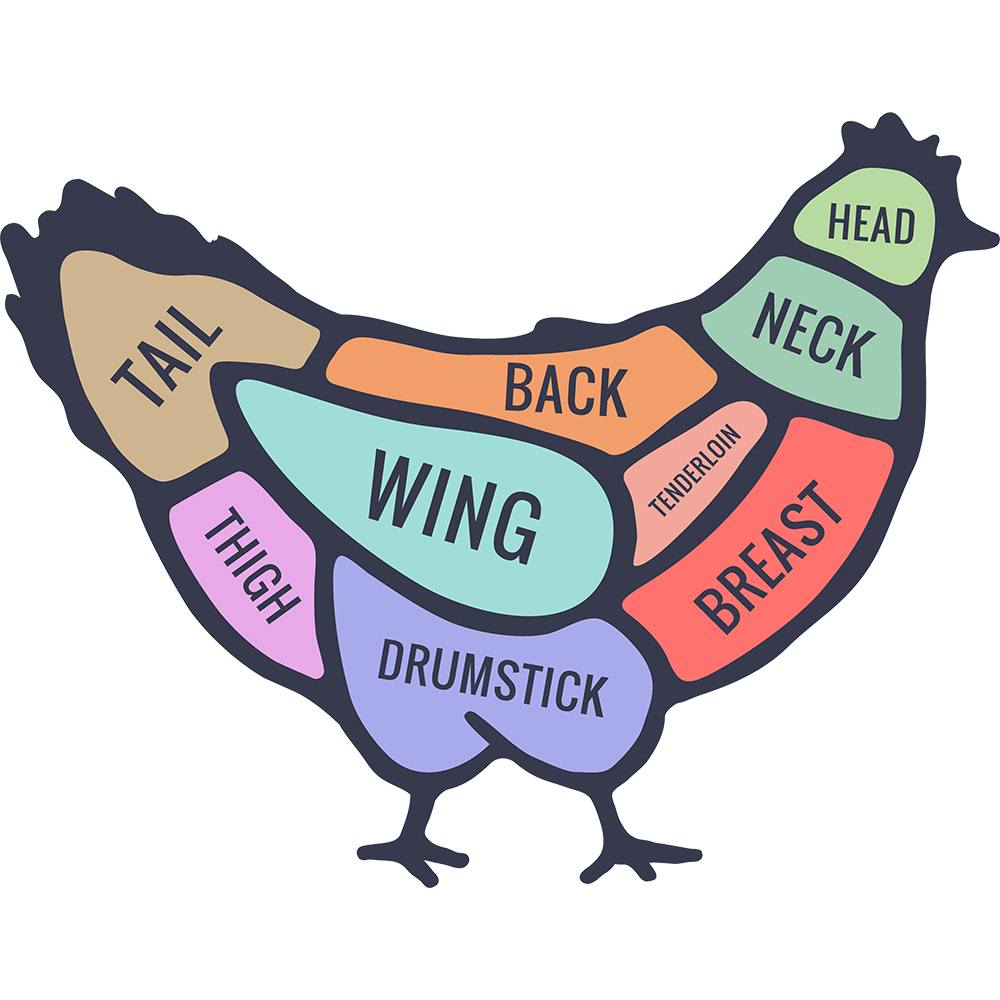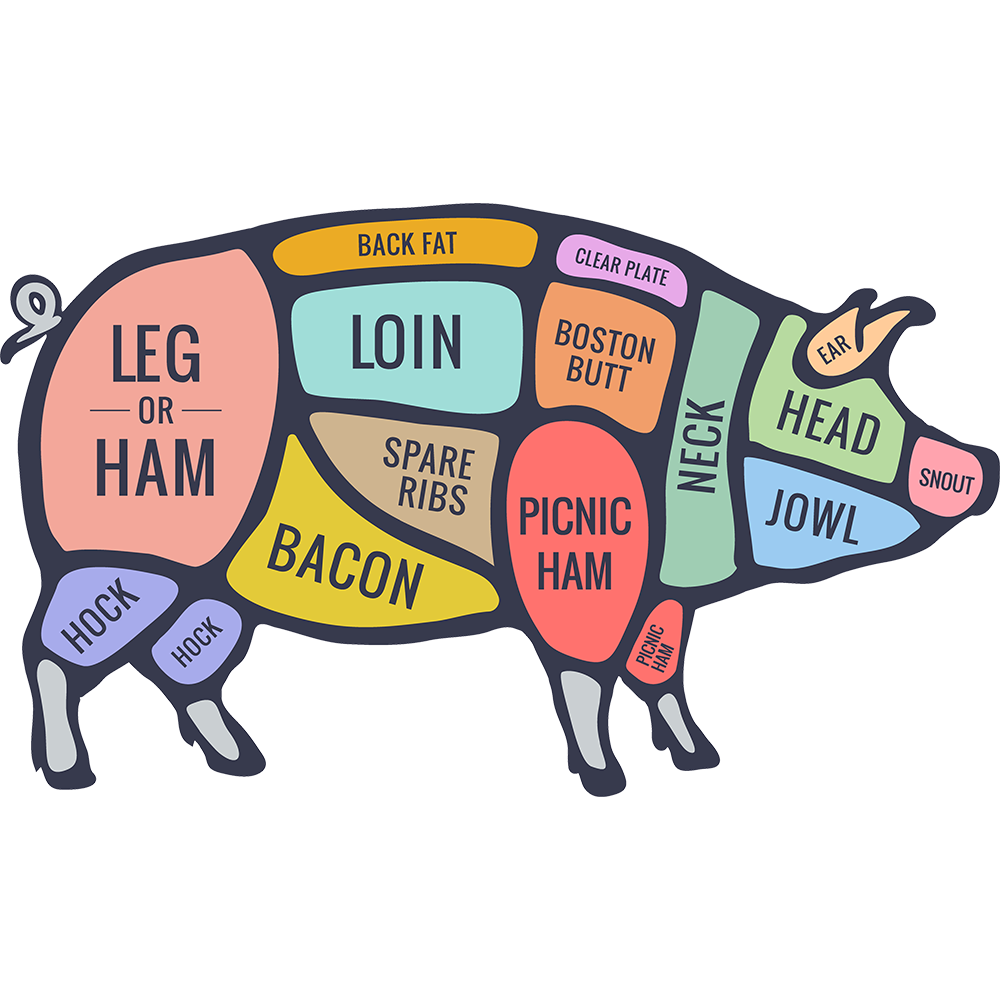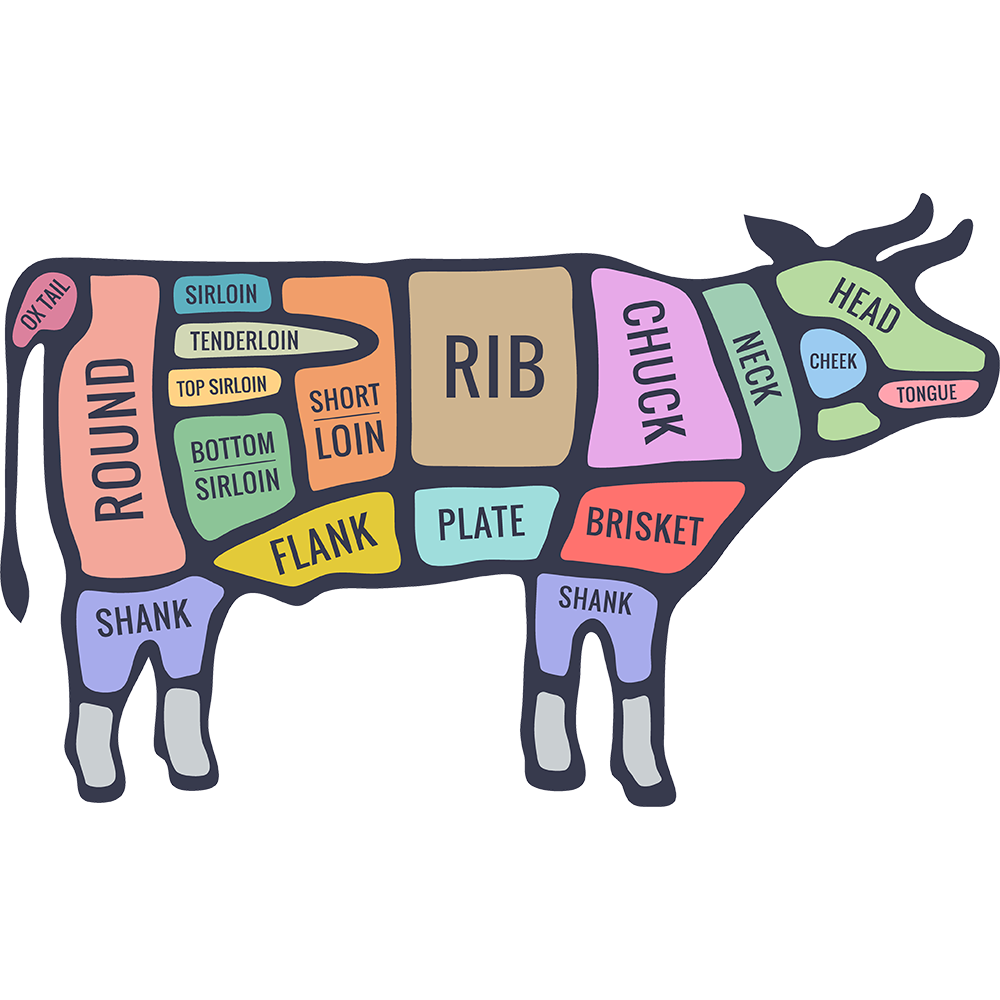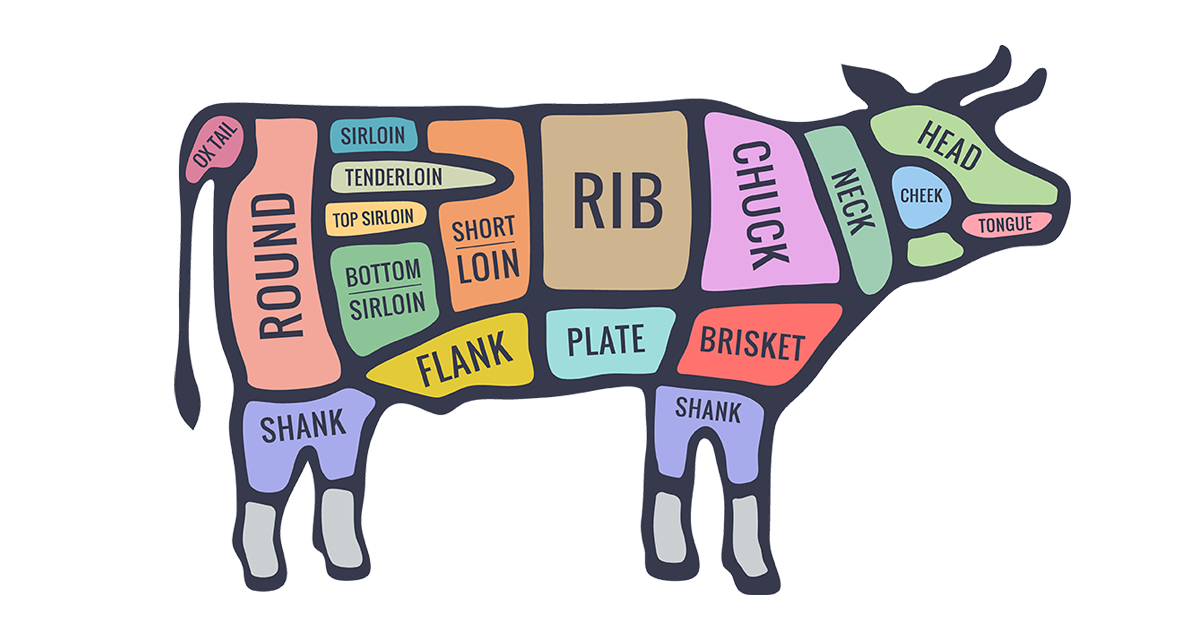Order a steak at any restaurant and you’ll usually get the response, “How would you like that cooked?” Your options range from ‘Blue Rare’ to ‘Well Done’. But, order a chicken dish at the same restaurant and you won’t prompt the same question.
There is a reason behind these different options for cooking meat. It is based on the minimum internal temperature the United States Department of Agriculture (USDA) recommends meat should cook to. Their recommendations focus on what the internal temperature of meat needs to be to prevent the chance of foodborne illnesses. These illnesses include E. coli, Salmonella, and Listeria with a variety of symptoms ranging from fever to death.
As part of Food Safety Month, we are taking a look at the the recommended temperatures that some of the most popular meats should cook to.
POULTRY
Poultry is a catch all term for a wide variety of birds that we consume. While chicken is the most popular variety of poultry, this category also includes turkeys, ducks, and pheasants.
The minimum internal temperature of properly cooked poultry is 165 °F. It is the same temperature for all parts of the bird, as well as eggs and any stuffing cooked inside of it.
Foodborne organisms and illness causing bacteria can result from the improper handling and cooking of poultry. Some of these include salmonella, staphylococcus, campylobacter, and listeria.


Pork
Pork refers to the wide variety of meat that comes from pigs and domestic swine. This ranges from the ever popular bacon and ham to regional favorites, such as Black Pudding and Chorizo.
The cooking temperature for pork varies depending on how you prepare it. Ground pork should cook to at least 160 °F. All other types of pork can cook to a minimum of 145 °F.
Again, many of the common foodborne organisms and illness causing bacteria result from the improper handling and cooking of pork. Some of the most well-known are Yersinia, trichinae, staph, and mold.
BEEF
Beef is the term used for all types of meat that come from cattle. This includes all the different cuts and variations, from ground beef to rib-eye.
The recommended internal temperature for beef depends on the cut of meat and how you prepare it. The USDA recommends ground beef cook to a minimum of 160 °F and all other beef to 145 °F.
Foodborne diseases that result from improper handling and cooking of beef are also common. They include conditions like E. coli, salmonella, staph, and listeria.

FISH & SHELLFISH

Fish and shellfish encompass a wide variety of animals from fresh and salt water environments. This includes popular fish, such as salmon and halibut, as well as shellfish like shrimp and crabs.
In order to prevent foodborne illness, fish and shellfish should cook to a minimum internal temperature of 145 °F.
Some of the common foodborne illnesses that result from the improper handling and cooking of fish and seafood are listeria, salmonella, and V. vulnificus.
WHAT ABOUT BLUE RARE STEAKS AND RAW SUSHI?
The USDA sets recommendations for minimum temperatures based on the temperatures each type of meat needs to reach in order to prevent a food borne illness. However, there are cases where it can be safe to consume meat at a lower temperature.
Actually, some cuts of beef when handled and prepared correctly are safe to consume at 125 °F and lower. That said, the best way to avoid foodborne illness is to consume all meats at the recommended minimum internal temperature.
Both the USDA and the FDA websites are great resources for helpful information related to food safety. They cover a wide variety of topics, such as the proper storage, handling, prepping, and cooking techniques.





